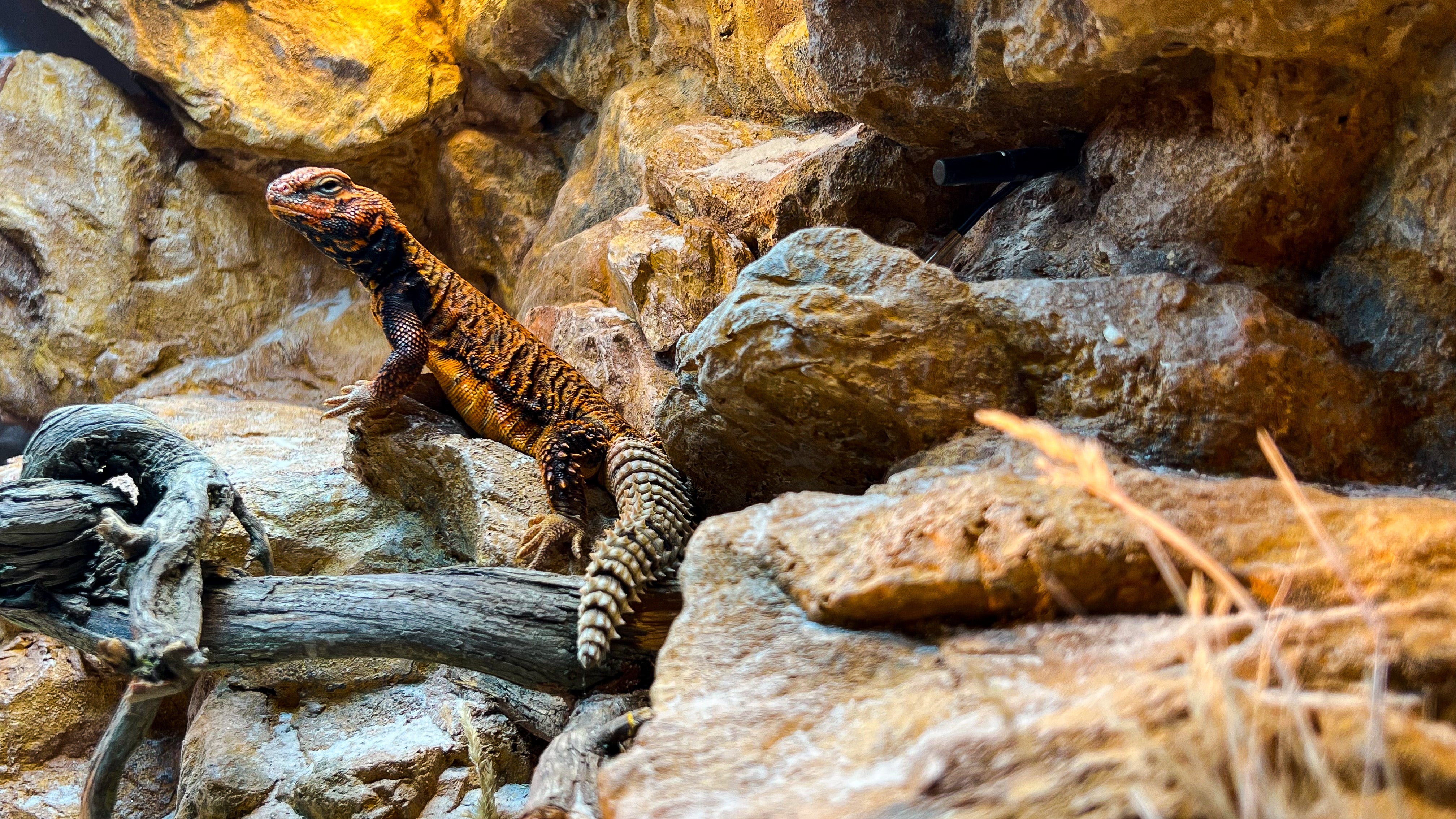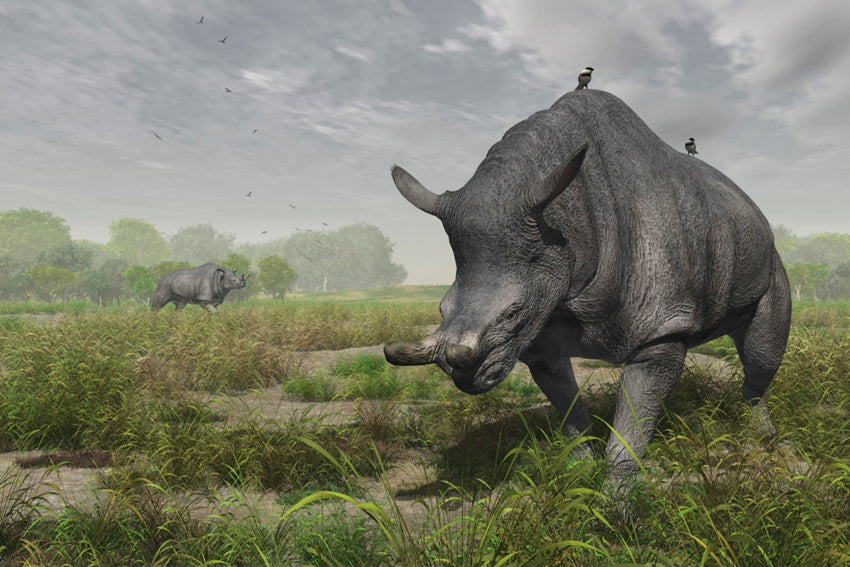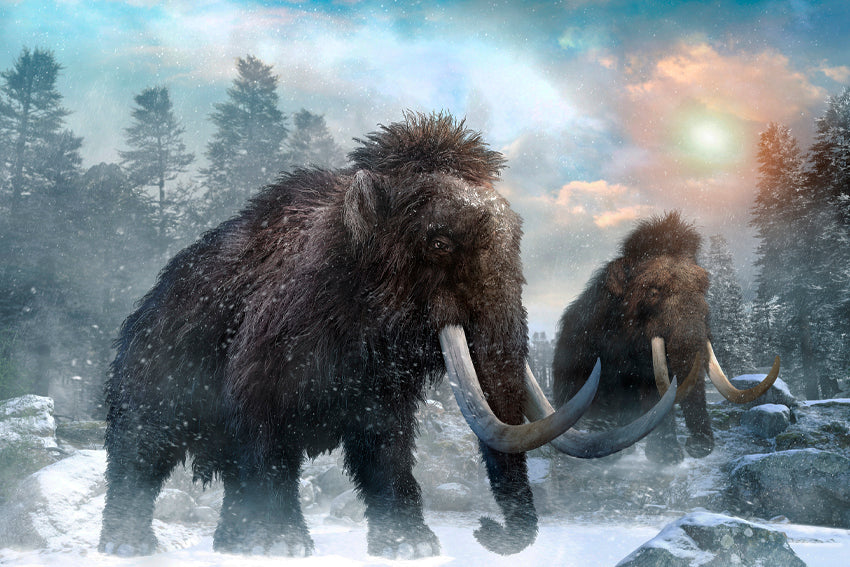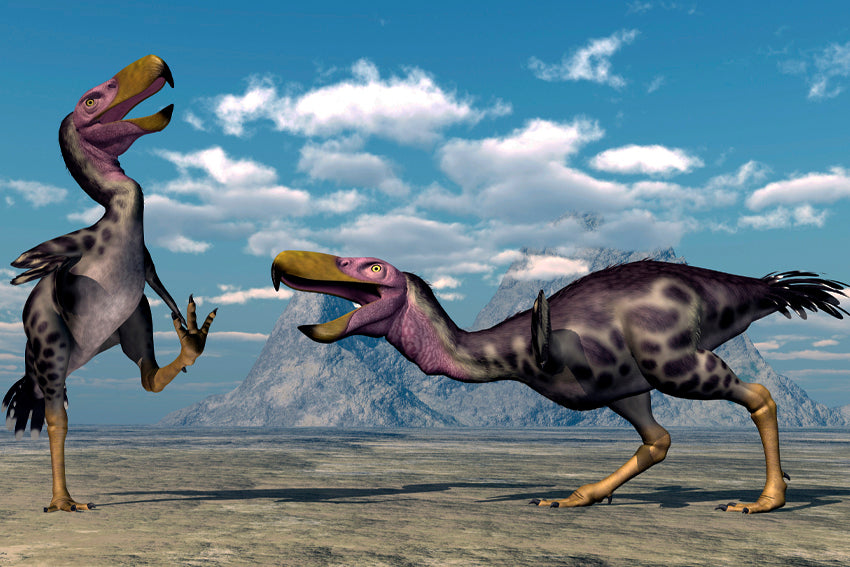Reptiles are a group of vertebrate animals that are characterized by having dry, scaly skin, lung breathing, and being cold-blooded. In the Anthropocene, a geological epoch that began about 12,000 years ago with the beginning of agriculture and the domestication of animals, reptiles have managed to adapt to various environments and their diversity has been maintained despite human influence on the environment.
Within the group of current reptiles, we can find four main orders: Squamata, Crocodylia, Testudines and Rhynchocephalia.
The Squamata order includes snakes and lizards. They are animals that have a great capacity to adapt to different habitats and can be found all over the world, except in Antarctica. Snakes have no legs and move by dragging their bodies, while lizards have legs and can run, climb, and swim. Some species of snakes and lizards are poisonous and others are used as pets.
The order Crocodylia includes crocodiles, alligators, and gharials. They are semi-aquatic animals found mainly in tropical and subtropical areas. They have an elongated body, short legs, and a powerful tail that allows them to swim easily. Crocodiles and alligators are feared predators for their strength and agility.
The order Testudines includes tortoises, sea turtles, and tortoises. They are animals that have a hard shell that protects them from predators. Turtles are terrestrial or aquatic and feed mainly on plants, while sea turtles are exclusively aquatic and feed on algae and crustaceans.
Finally, the order Rhynchocephalia includes a single genus, Sphenodon, which includes only two species of tuataras that live exclusively in New Zealand. They are prehistoric-looking animals that have a third eye on the top of their head and a forked tongue. They feed mainly on insects and are active mainly at night.
In general, living reptiles have managed to adapt to changes in the environment caused by human activity and have maintained their diversity and geographic distribution throughout the world. However, some of them are in danger of extinction due to the degradation of their habitat, poaching and illegal trade in species.






Share:
Fish